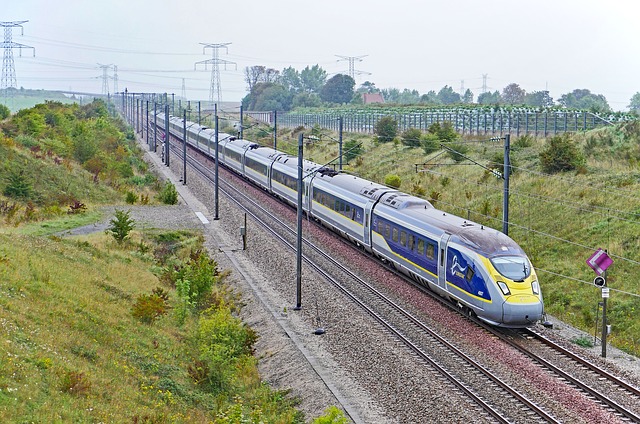
What Does Refractory Lining of an Incinerator Have in Common With the English Channel?
As mentioned in one or two of our earlier blogs, we use special refractories in our incinerators. The application of this material requires, among other things:
- special skills
- experienced technicians and masons
- specialised mixers, gauges, tools and vibrators
- moulds made for the specific incinerator
We would like to take up the last point, i.e. the moulds in this blog.
First of all, why a mould? What benefits does one get? Why not simple manual application of the lining material?
A mould will give the exact thickness, contour and finish to the lining. Manual application will not give any of these. When lining of a part of the incinerator chamber (say one cylindrical shell, out of 2 or 3) is made in this fashion, it will fit like a glove with the other lined shells without any ups and downs. This is important, considering the equal distribution of thermal values within the incinerator, the temperature inside and outside.
We recall, at this point, the under-sea rail tunnelling work carried out in the English channel back in the 1990s. It was recognised as one of the “Seven Wonders of the Modern World” by the American Society of Civil Engineers, alongside the Empire State Building, the Itaipu Dam in South America, the CN Tower in Toronto, the Panama Canal, the North Sea protection works in the Netherlands, and the Golden Gate Bridge in San Francisco.
The Channel Tunnel (French: Le tunnel sous la Manche; also nicknamed the Chunnel) is a 50.45 kilometre rail tunnel linking Folkestone, Kent, in England, with Coquelles, Pas-de-Calais, near Calais in northern France, beneath the English Channel at the Strait of Dover. The work had to be done simultaneously from the English and French sides. As we know, they do not speak the same language and hence there is a communication gap. There were two tunnels and the diameter to be bored out was 7.6 metres for each one. In spite of the language barrier and work carried out over a distance of 50.45 km, when the tunnelling work was completed and both the teams met at the meeting point, to celebrate the achievement with a bottle or two of champagne, it was found, to no one`s surprise that the difference between the two ends was a bare 30 mm or 0.4%. Remarkable, isn`t it?
In our case, it is not all that complicated work, like working under the sea, tunnel boring machines and such a large diameter, language barrier, etc. but we are proud to say we have zero tolerance between two or more lined incinerator shells!
This says something about our concern for quality, finish and performance of the incinerator manufactured by us.


